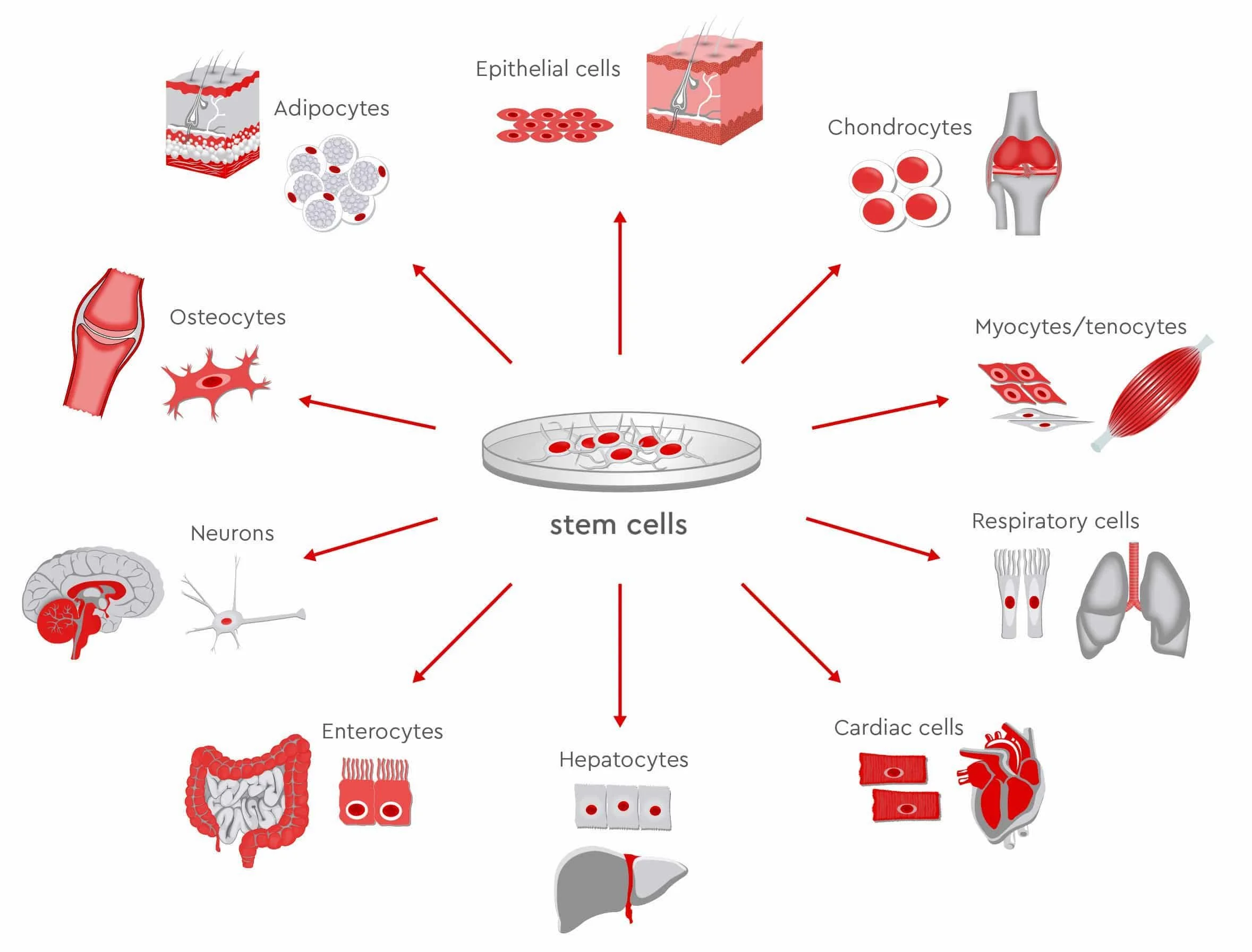Scientists engineer highly efficient stem cells with new genome reprogramming treatment
Last week, researchers from the University of Western Australia and Monash University developed a genome reprogramming procedure to create high-fidelity pluripotent stem cells. These cells are comparable to embryonic stem cells and can give rise to any cell type in the body.
The possibility of easily accessible lab-generated stem cells in research would be instrumental in understanding disease, regenerative medicine, and drug development.
Currently, the use of human embryonic stem cells in research is constrained by ethical concerns and restrictions due to the necessity of destroying the embryos.
Methods for reprogramming adult somatic cells into stem cells do exist, but come with significant limitations. Conventional methods introduce epigenetic defects, which can affect the function and differentiation potential of the cells. This significant difference from embryonic stem cells has limited the potential of artificial stem cells in disease research.
After a multiple year-long study, Lister et. al. published their ground-breaking transient naïve reprogramming (TNT) procedure in Nature Journal.
“We foresee TNT reprogramming becoming a new standard for biomedical and therapeutic applications.”
This reprogramming strategy can induce the embryonic epigenetic reset in artificially generated pluripotent cells. In embryonic cells, this reset involves erasing and the re-establishing epigenetic markers which are essential for embryonic development.
The authors demonstrate that this process can correct faulty gene expression and create cells with very similar differentiation function to embryonic stem cells.
Remarkably, TNT treated cells are similar to embryonic stem cells than they are to stem cells generated by conventional reprogramming methods. Lister et. al. foresee this novel technology being applied to medical uses with much greater ease:
“Our work shows that TNT reprogramming is a practical and scalable approach to overcome these intrinsic characteristics of (human induced pluripotent stem cells), which is important for the clinical delivery of this technology,”
To drive home the potential impact of this discovery, let’s discuss the top 3 fields that are set to benefit from it:
1. Regenerative medicine
Stem cells can differentiate into specific cell types, which can be useful for replacing damaged tissue in injuries or diseases such as Parkinson’s disease, heart disease, or spinal cord injuries. Reprogramming the patient’s own cells into stem cells would avoid the risk of the immune system rejecting the stem cells as foreign bodies.
2. Drug development
Stem cells allow scientists to accurately test the effect of drugs on different cell types to optimize target selectivity.
3. Disease modelling
Stem cells from patients with rare genetic disorders can be differentiated to create disease models that are unique to the patient. This can help both the understanding of such diseases and the development of new treatments.
The potential of TNT reprogramming to improve the lives of patients is enormous. What are your thoughts on the future applications of this technology?
Thank you for reading, and see you next week!
Scroll down to subscribe if you haven’t already!



